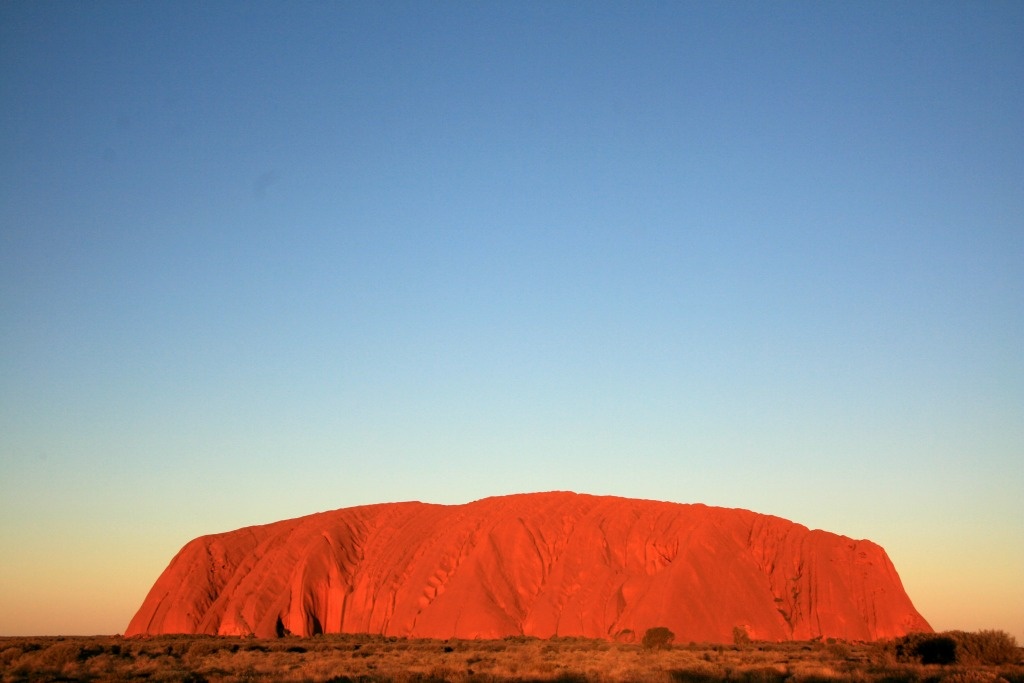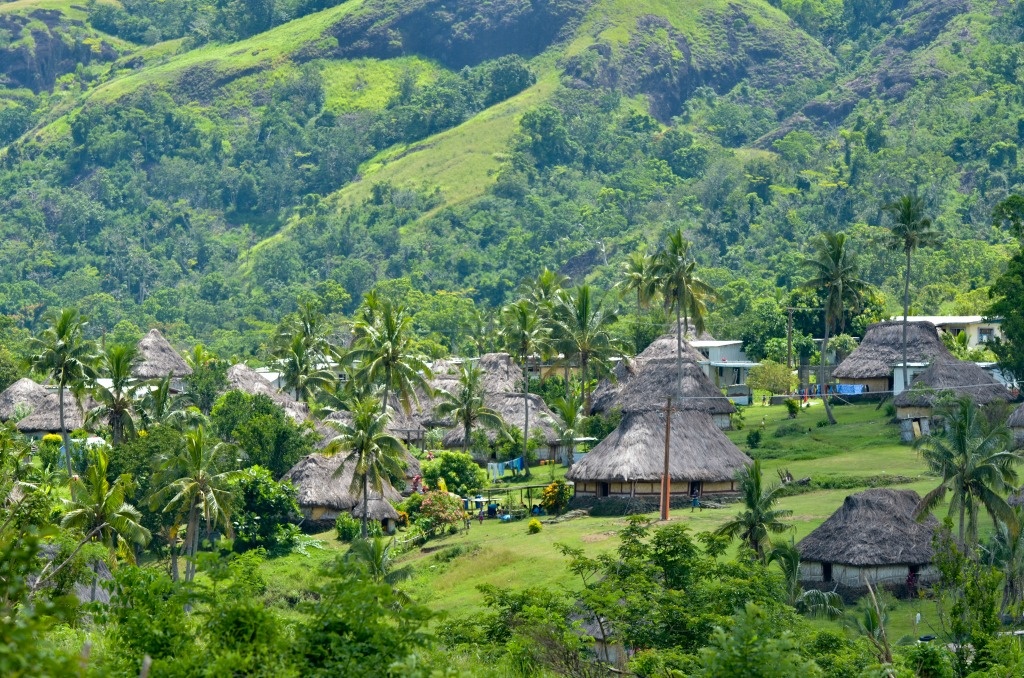OCEANIA
TRAVEL GUIDE
Embark on an Unforgettable Journey Across Oceania with Our Comprehensive Travel Guide: Your Essential Guide to Exploring the Rich Diversity of Landscapes, Cultures, and Adventures. Let Our Expert Insights Help You Navigate the Best of Oceania’s Enchanting Charms and Timeless Beauty.
Search Destinations Here
Oceania Travel Guides
Travelling to Oceania
Oceania, a vast region encompassing the South Pacific Ocean’s islands, Australia, and New Zealand, offers a unique blend of cultures, landscapes, and ecosystems. This part of the world is renowned for its stunning natural beauty, from the Great Barrier Reef in Australia to the fjords of New Zealand and the pristine beaches of Fiji. The region is relatively accessible, with major airports in Sydney, Melbourne, Auckland, and smaller ones on various islands facilitating travel. The best times to visit largely depend on the specific area, with the Southern Hemisphere’s seasons opposite those of the Northern Hemisphere. Activities in Oceania cater to adventurers, beach lovers, and cultural enthusiasts alike, making it a comprehensive and versatile destination.
Countries in Oceania
Oceania is a region of immense diversity, ranging from the vast deserts of Australia to the volcanic landscapes of New Zealand and the tropical islands of Polynesia, Micronesia, and Melanesia. Australia and New Zealand are the most prominent countries, known for their highly developed economies and rich cultural heritage. Beyond these, the region includes numerous island nations such as Fiji, Samoa, Tonga, Vanuatu, and Papua New Guinea. Each island offers a unique cultural and natural experience, from the luxury resorts of French Polynesia to the rugged, untouched beauty of the Solomon Islands.
How to Plan a Trip to Oceania
Planning a trip to Oceania requires consideration of vast distances and varied destinations. Begin by determining the type of experience you are seeking, whether it be diving in the Coral Sea, hiking in New Zealand’s national parks, or exploring traditional cultures in Papua New Guinea. Transportation within Australia and New Zealand is facilitated by well-maintained roads and regular domestic flights, making car rentals and internal flights popular options. For island-hopping in the Pacific, consider organized tours or cruises, which can provide more structured itineraries and ease of transport. Accommodation options range from luxury resorts in Bora Bora to backpacker hostels in Australia’s cities, catering to all budgets.
Culture and Religion
Oceania’s cultural tapestry is shaped by its indigenous peoples, European colonization, and Asian influences, particularly in Australia and New Zealand. Indigenous cultures, such as the Maori in New Zealand and Aboriginal Australians, play significant roles in national narratives, celebrated through art, dance, and festivals. Christianity is the predominant religion across Oceania, introduced by missionaries during the colonial period and now deeply integrated into local cultures. In addition to Christian practices, traditional beliefs and rituals still hold sway in many island communities, providing a rich spiritual landscape for visitors to experience.
Safety and Dangers
While Oceania is generally safe for travelers, there are natural and human-related risks to consider. Natural dangers include cyclones in the Pacific, especially from November to April, and the risk of earthquakes and volcanic activity in some regions. Travelers should be cautious of environmental hazards such as strong ocean currents and wildlife. Urban areas, particularly in larger cities like Sydney and Auckland, require awareness of personal safety and belongings due to petty crime. Health-wise, visitors should prepare for the sun intensity with adequate sun protection and stay hydrated. Always check travel advisories and local guidelines, especially when visiting more remote islands with limited medical facilities.



